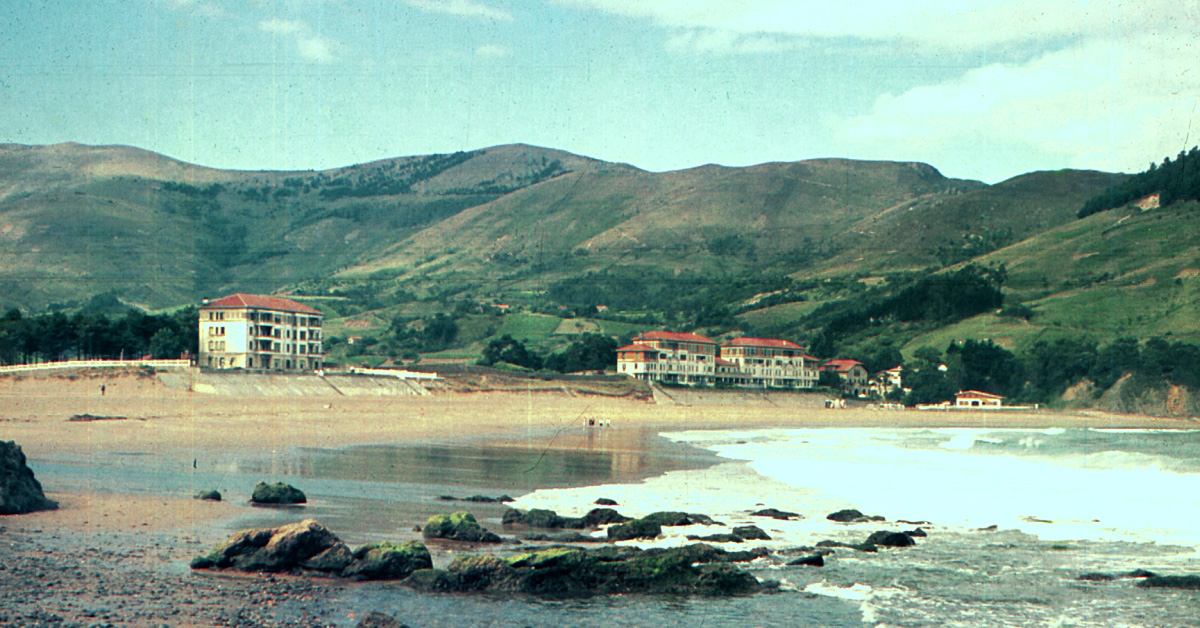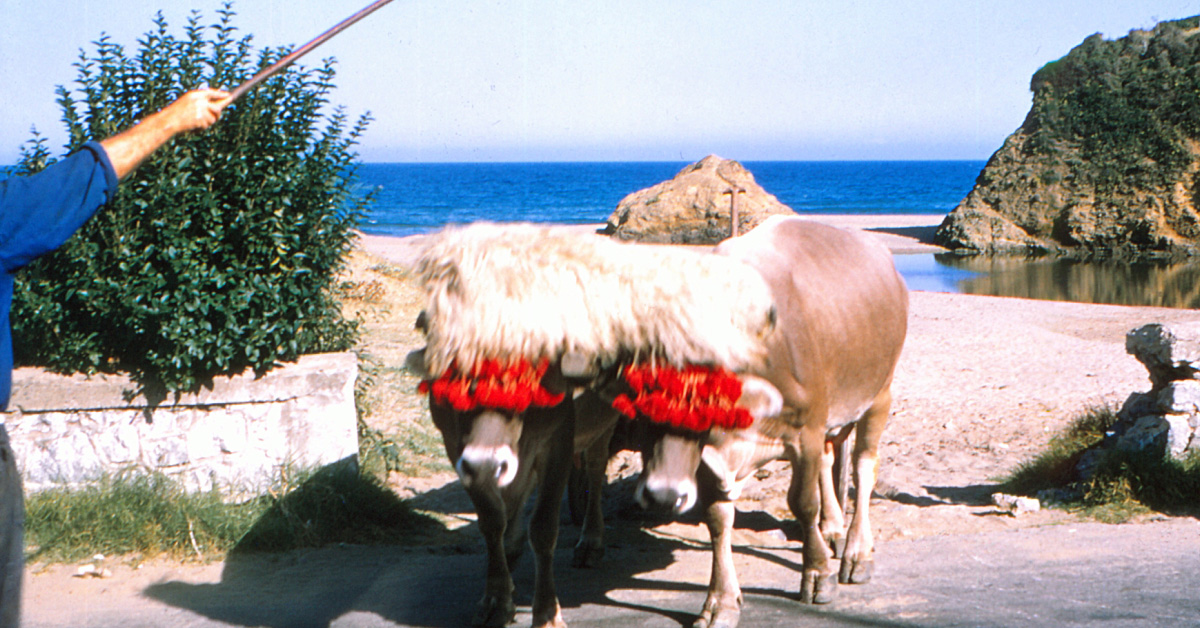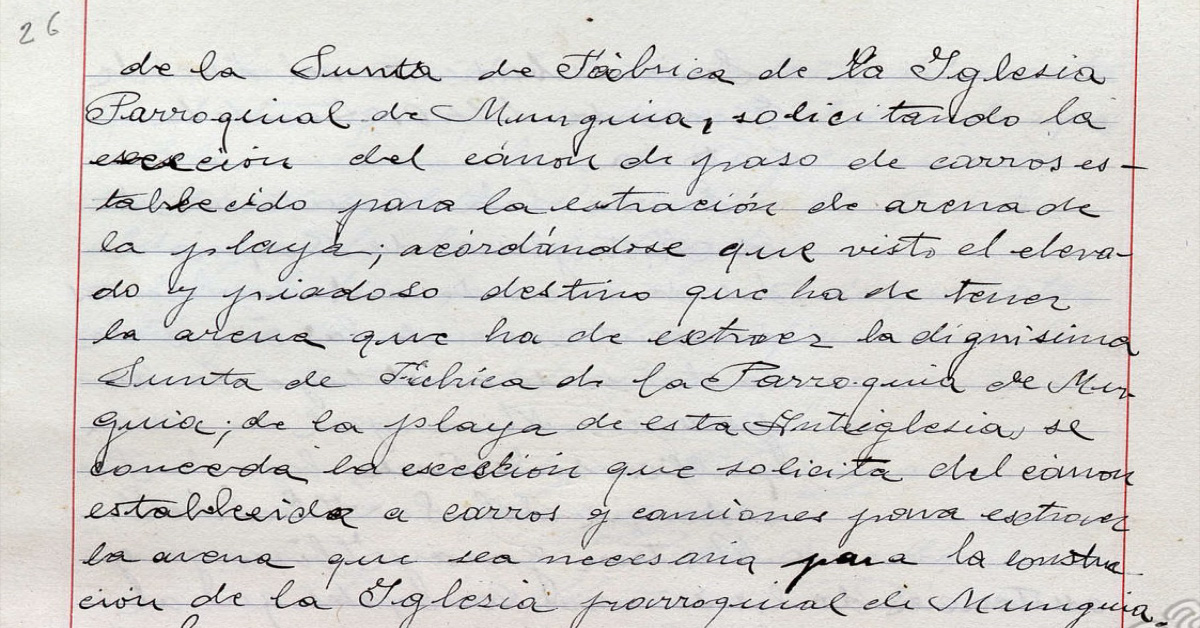Basque ethnography at a glance
The Bay of Biscay is something that towns and villages along the Basque coast have in common, but their relationship with it is often very different. It is strange how, except for the odd exception, the harbour villages alternate with ones with beaches. Some have cliffs that have hindered their residents’ access to and contact with the sea.
Bakio, a municipality in Bizkaia with a long beach, has been traditionally known for its agriculture and livestock farming. It is significant that the original town centre and most of the farmstead are set back from the coast. Fishing has played a very small role in the life of the bakiotarras, as the local residents are known. The only part it has, nearly exclusively, played is to provide fish for the table, but even then, not in great quantities. However, small shallops would be used to fish near the coast, just off the rocky areas of the beach where they would catch enough limpets, sea-snails (magurioak), octopus(amorrotzak) and barnacles for their needs.
As regards the beach, it should be noted that in Bakio it was not given a specific name that would show its importance for the locals, but rather it was just called Aritza, a variation of Areatza, i.e., abundance or place of sand. That is also case in other coastal towns, such as Muskiz (La Arena [Sand] beach) and Getxo (Las Arenas [The Sands]) district) and even in more inland locations, including Bilbao (the Arenal [Sandbank] promenade) and Areatza, in the Arratia Valley.
When the elderly residents of Bakio who had worked in the countryside were asked about their relationship with the beach, their answer was always “there was no time on the farms to go down to the beach”. The answer clearly reflects the modern idea of the beach as a place for leisure and sport. However, their answers were different when they were asked about how the town used the beach and sea for agriculture and livestock purposes.
Sand was taken from the beach and used for different purposes. It was either removed with permission from the local council or it was bought from the privately-owned areas of the dunes and transported in ox-drawn carts. The sand was often used to dry the livestock dung in the farmstead’s animal pens, as it was more effective than the fern and grass that was generally used. In some cases, gorse (otie) was used to speed up the process.
Another common use of the sand was to grow asparagus, a crop for which Bakio is known. The sand played an essential role as it was mixed with the soil to provide good drainage. The sand had to be changed annually in each trench and the old sand removed.
Sand from the beach was also used in construction to make concrete or cement mortar. However, the saltpetre in the sand meant that the metal items (piping, frames, railing, etc.) that came into contact with the mortar would rust in just a few years. Its use was soon banned and it was then only used for certain specific and simple cases. One example is the sand that was extracted in 1940 to build the Mungia Parish Church.
Finally, stretches of gravel would sometimes appear along the shoreline. The gravel was used to pave the tracks to the farmsteads, not using cement, but which was costly.
In next week’s blog, we will consider the use of other elements – sea-water, seaweed, etc. – from Bakio’s beach.
Zuriñe Goitia
Anthropologist




